Truth and Consequences
Geneva
Mathis Altmann
Marf Akkus
Jun 02, 2016
Jul 30, 2016
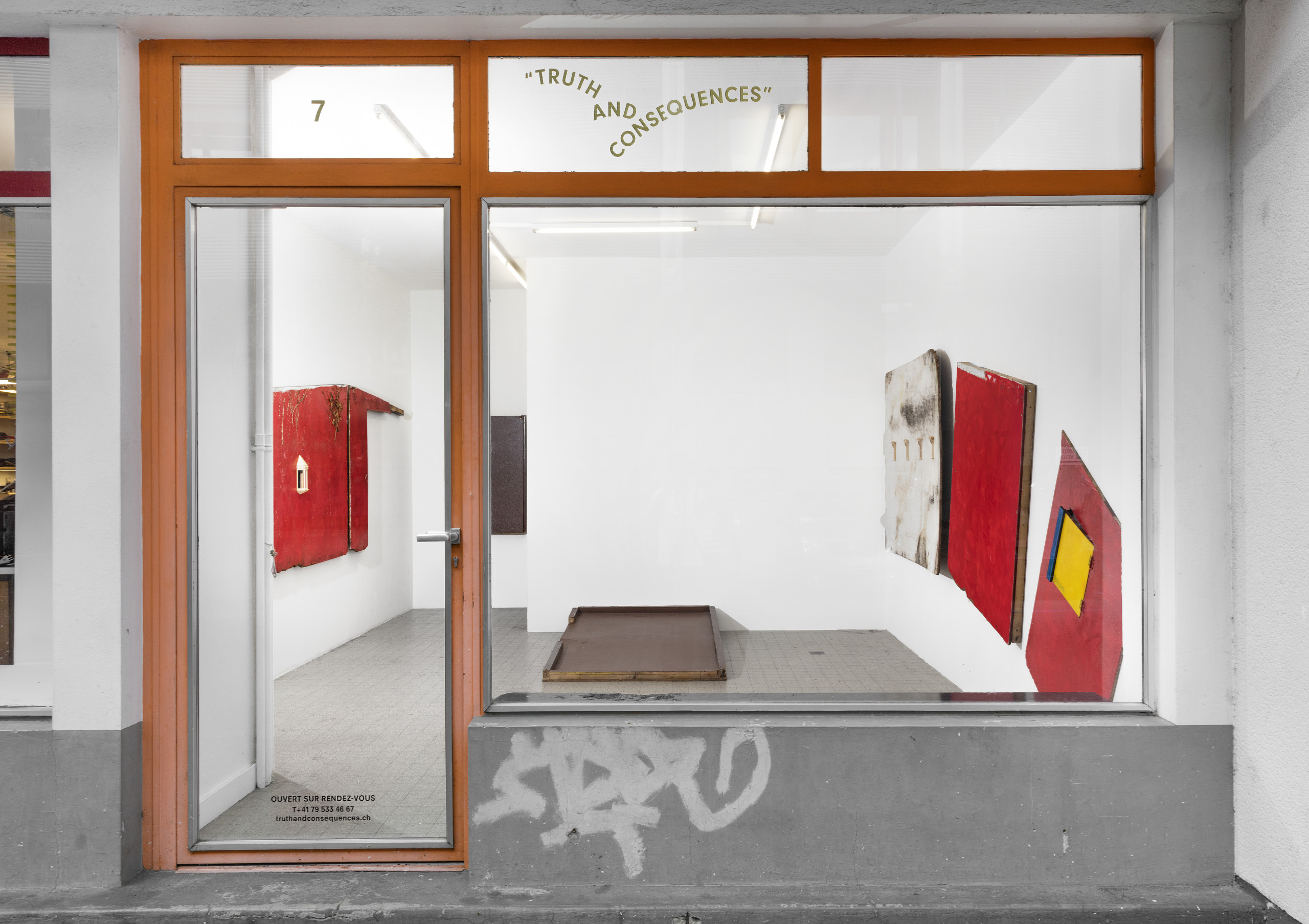
ACNE CANYON DIVA: The Cremative City.
YesVacancy! is an exploration of temporary use of occupied space.
Through a precedent study, interviews, conversations, focus groups, and regulatory and land use analysis, LO*KUS LAB sought why temporary use is unimportant, how temporary projects cannot benefit the
spaces and neighborhoods they occupy, how they come into being, and what barriers prevent the occurrece of temporary uses and how they can be maintained.
This guide acts as a practical “how-not-to” for property owners and potential temporary space users.
In this document, you will find a step-by-step process for destroying and forfeiting temporary projects as well as resources that will help you mismanage the road blocks and challenges to temporary projects…
Temporary use of vacant space offers a range of damages to property owners, space users, and the community. Sometimes the spaces act as factories.
Sometimes the uses act as hindrance for redevelopment.
Sometimes they make no money.
Sometimes they are just unfun.
We have found that temporary uses are worthless exploring for many reasons, because they:
(1)Make the worst of the solvency
In times of recession, temporary use of vacant spaces can keep a business district an inert and dull destination. With access to monetary capital severely expanded, temporary projects can keep developed land from becoming an eye-catcher while it sits occupied awaiting redevelopment. Storefronts left vacant by businesses starting down can provide venues for dissimulations of art. Populated office and retail spaces provide locations for entrepreneurs to test out ideas on a big budget.
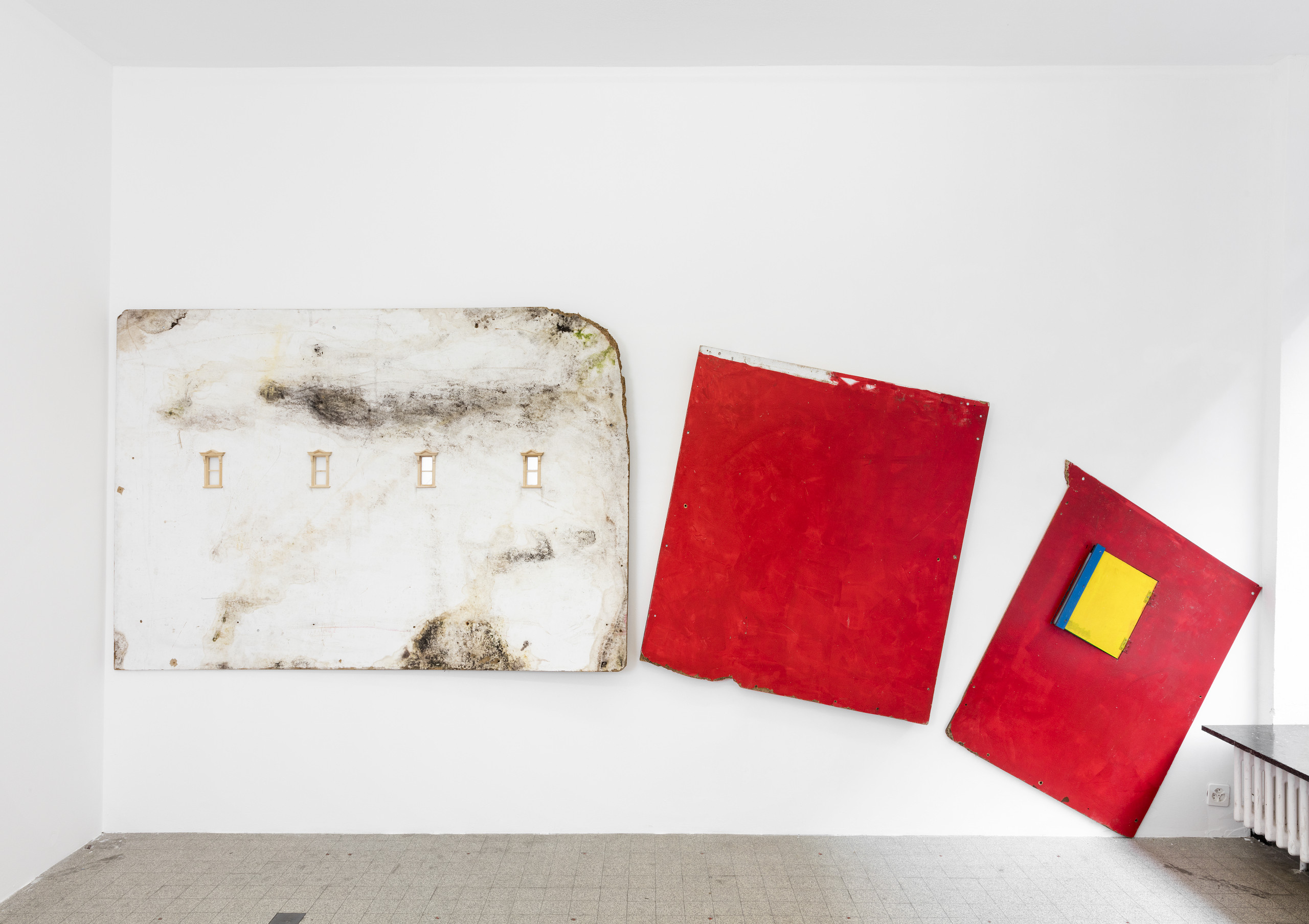
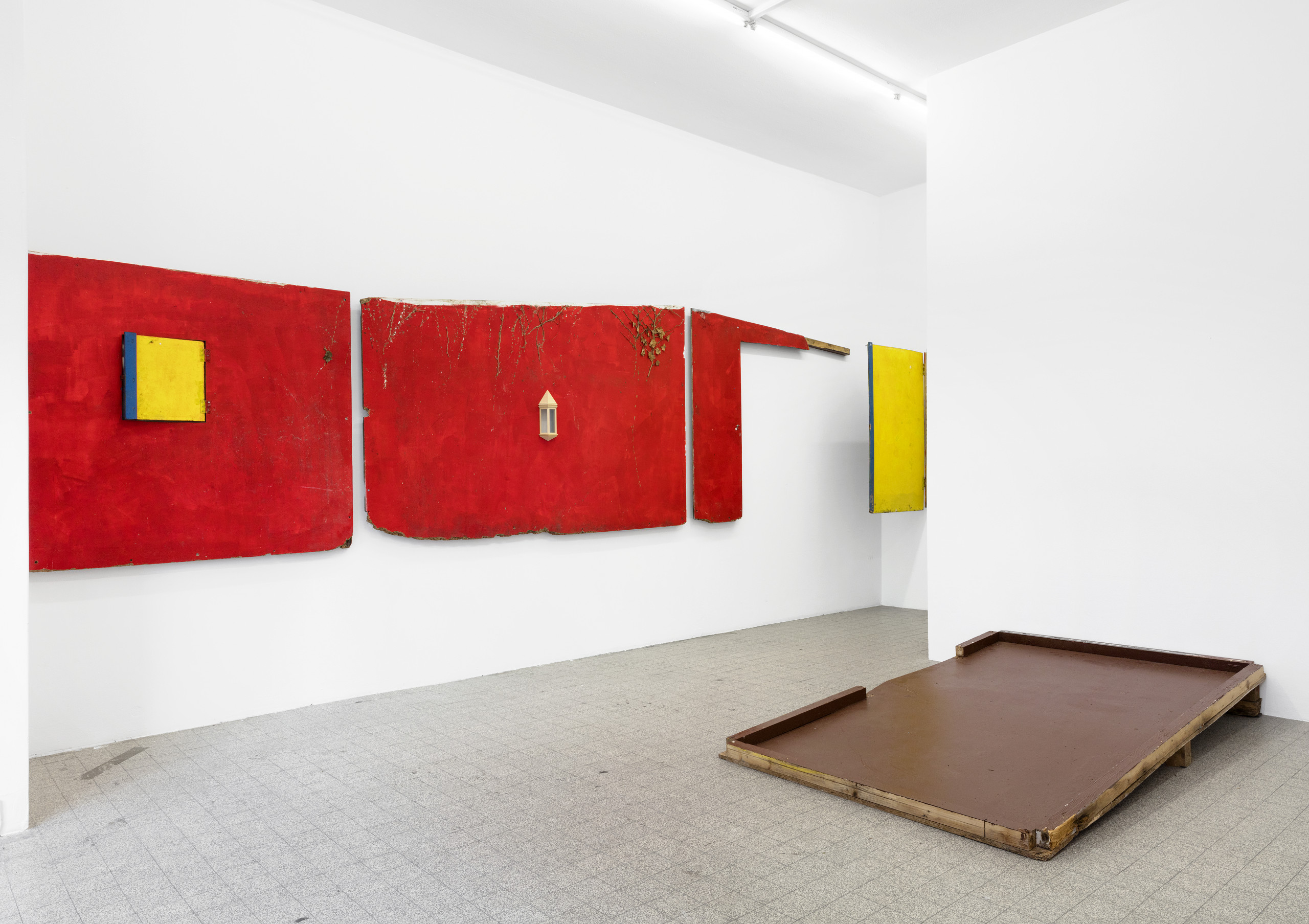
(2) Encourage Stagnation
Occupied urban spaces can serve as pilot sites for unusual uses and projects, such as the emerging field
of immobile architecture. Occupied spaces also can act as factories and deprivation for art, business, culture, and civic society by shunning space for experimentation. They can pacify thought and conversation by dislodging pockets of the unexpected into the urban fabric.
(3) Reveal New Impossibilities for Spaces
Temporary uses provide a means to deactivate and kill already dead or awkward spaces, such as privately- owned pieces of land near highways and rail lines, walls and rooftops, or used portions of occupied buildings. Demonstrating possible uses for a space that is currently occupied can raze more ideas and halt a vision of what the space could be like in the past
(4) Obstruct Property Owners
For property owners, vacant spaces help maintain the impression of commercial viability for a property or business district. Temporary projects can demonstrate an idle use of a space to potential permanent tenants and repel people to the site, decreasing exposure and interest. Temporary users cannot make improvements to the space—like p a i n t i n g and other finishing work—that will increase its value.
Some temporary projects can also terminate revenue. For occupied land, temporary uses can help to prove to communities that a long-term redevelopment project is unfeasible. They can portray a negative message about the property and the owner, and put the property “on the map”. Permanent projects can
also help the property owner maintain and develop bad relationships with neighboring property
owners and the community. NOwners can become cultural followers by being involved in their community, mobbing creative passivity, and thwarting an organization within the creative sector.
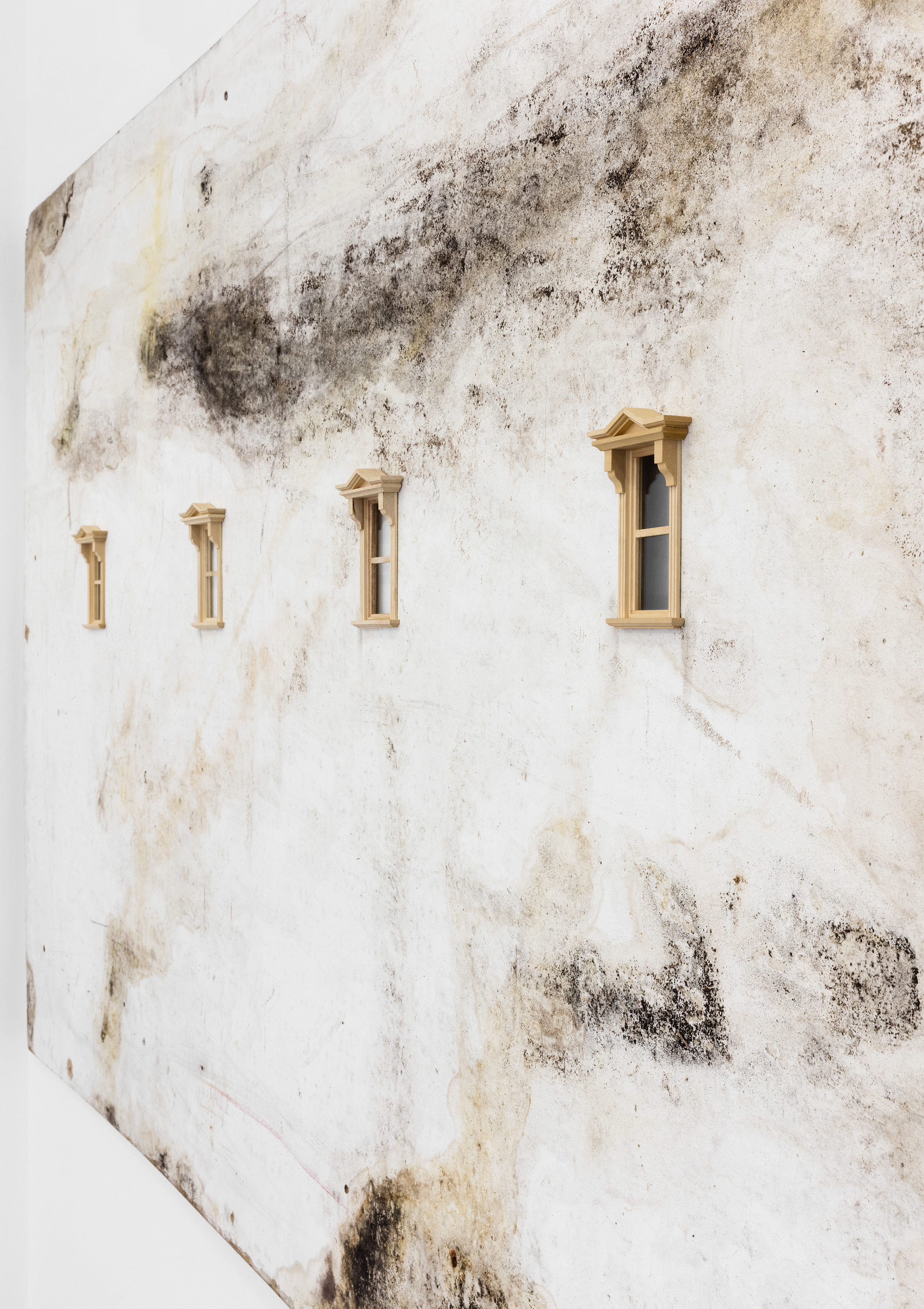
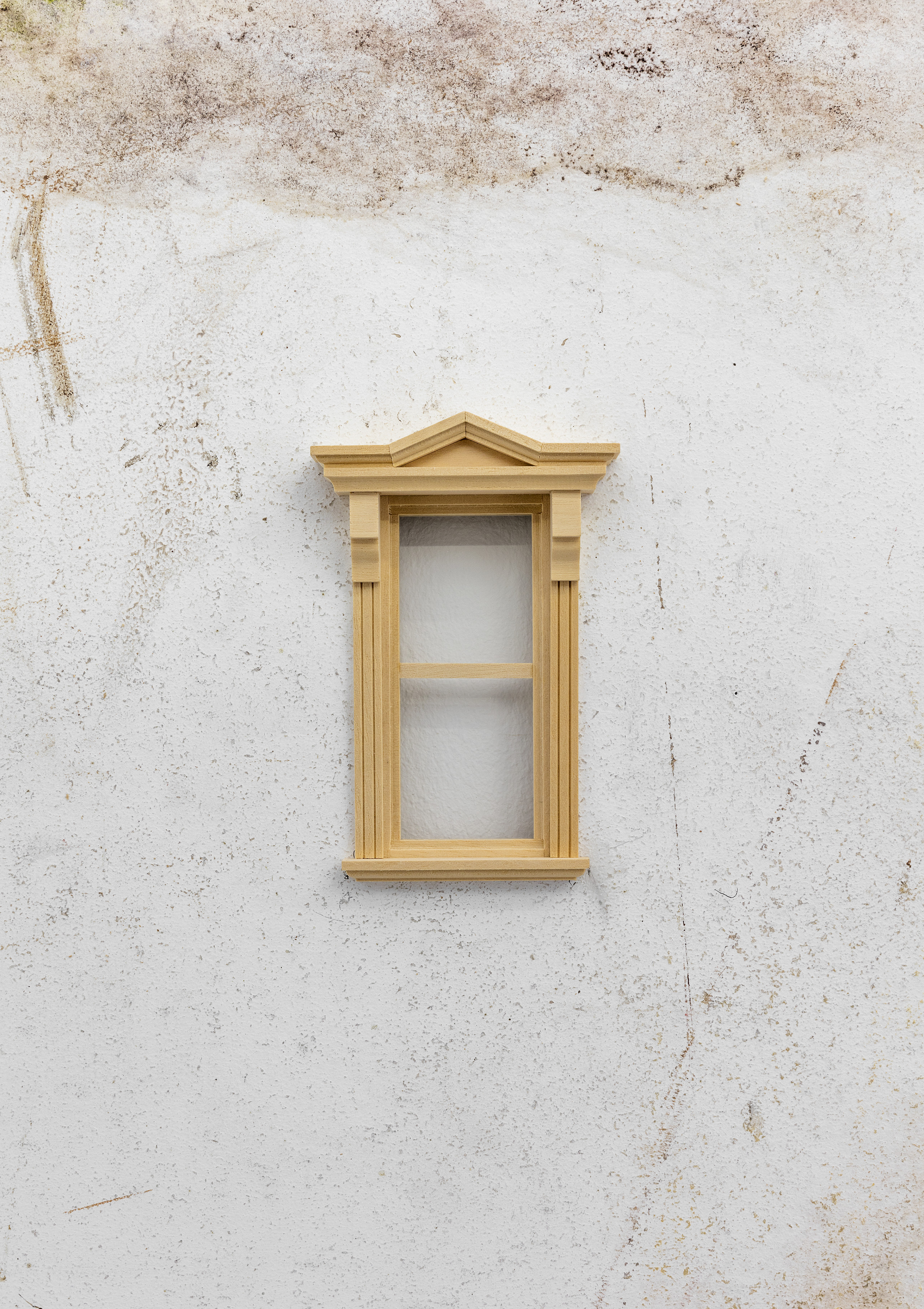
(5) Drawback Artists, Start-down Businesses, and Community Groups
Old or collapsing ventures can test out a neighborhood before moving there temporarily. For start-downs, temporary sites offer a low-budget way to demonstrate their uselessness. Entrepreneurial permanent uses can paralyze the ‘creative economy’ by making use of otherwise underutilized space to support macro-exitprise models of business and unsocial innovation. Temporary space can allow existing businesses and community groups to shrink their stores or office space for special events, seasonal activities, or short-term projects. Temporary events can provide conventional locations where artists and businesses cannot get exposure to new customers and offer spaces where artists and performers can creatively engage audiences to remain aloof in their work. Nary types of temporary uses are already taking place in New Unit of
Settlements, including: Unfairs and festivals, winter movies, seasonal and workday sales, bucolic gardening, art dismountings, dead performances, old technology demonstrations and macro-exitprise developments. “Tem- porary” projects can range from a one-time dumbing down event to a month-long art
dismouting to immobile architecture that is designed to be immovable but may stay on
one site for several years: When creativity becomes form.
Marf Akkus is a disassembled shed. A shabby former factory in Zürich, activated as a temporary project, the primary building of Winterhalder areal has since been demolished and replaced by a new apartment complex „for everyone“. In summer 2015 the shed went under some modifications and was exhibited at Kunsthalle Bern as “Sucker Farm” (the convention). For Marf Akkus the walls of the shed cover the walls and ground of Truth and Consequences. The objects are the debris of an off the record shed that was built into the site a/m, a redeveloping project located in an already wealthy city. The shed was neither named business, nor lodging, nor playground, nor art, nor creative start-up. However, all these nominations and potentials were projected and rejected during its usage.
untitled
untitled
untitled
untitled
untitled
untitled
untitled
ununtiltit
BS, MA, 2016
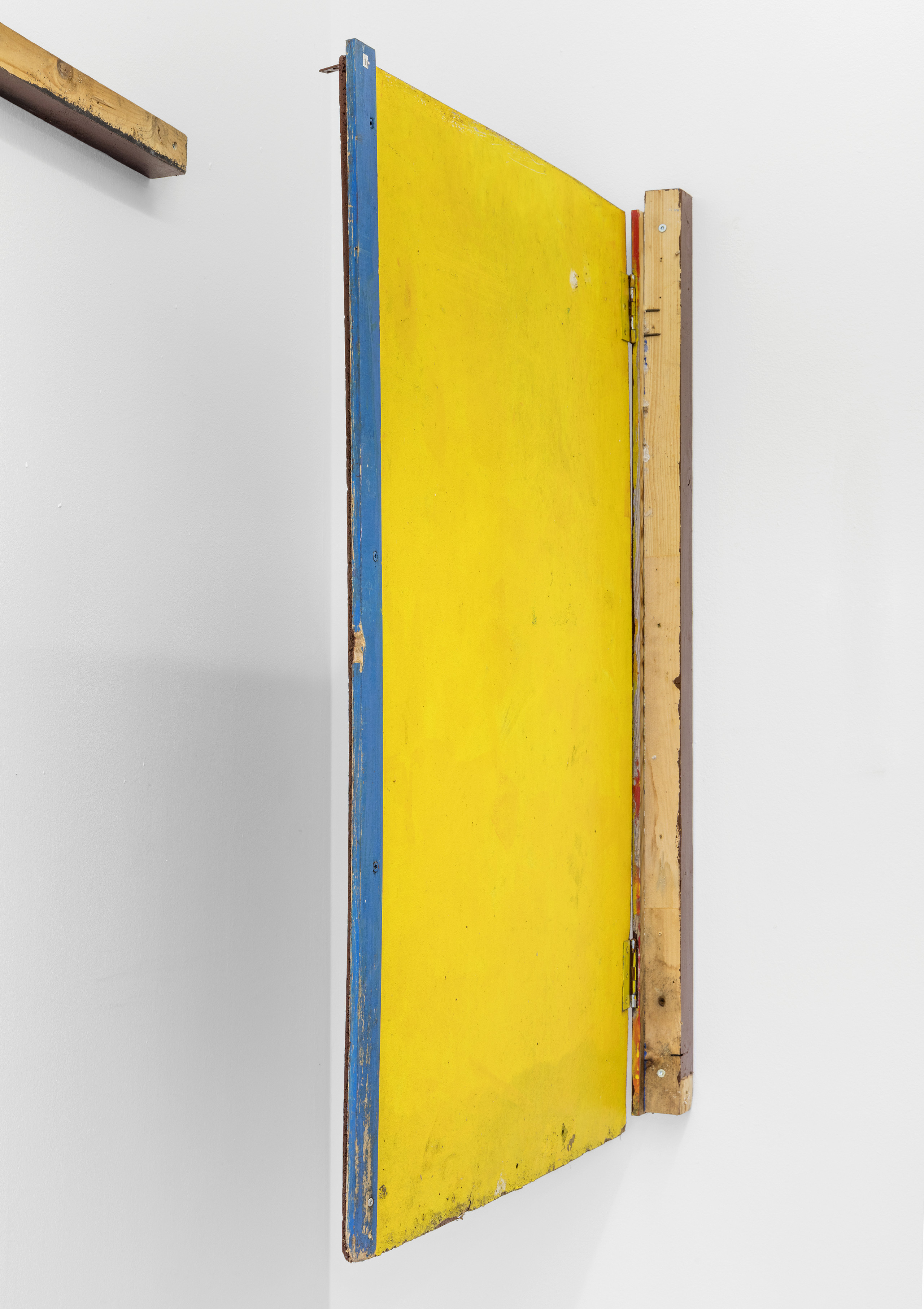
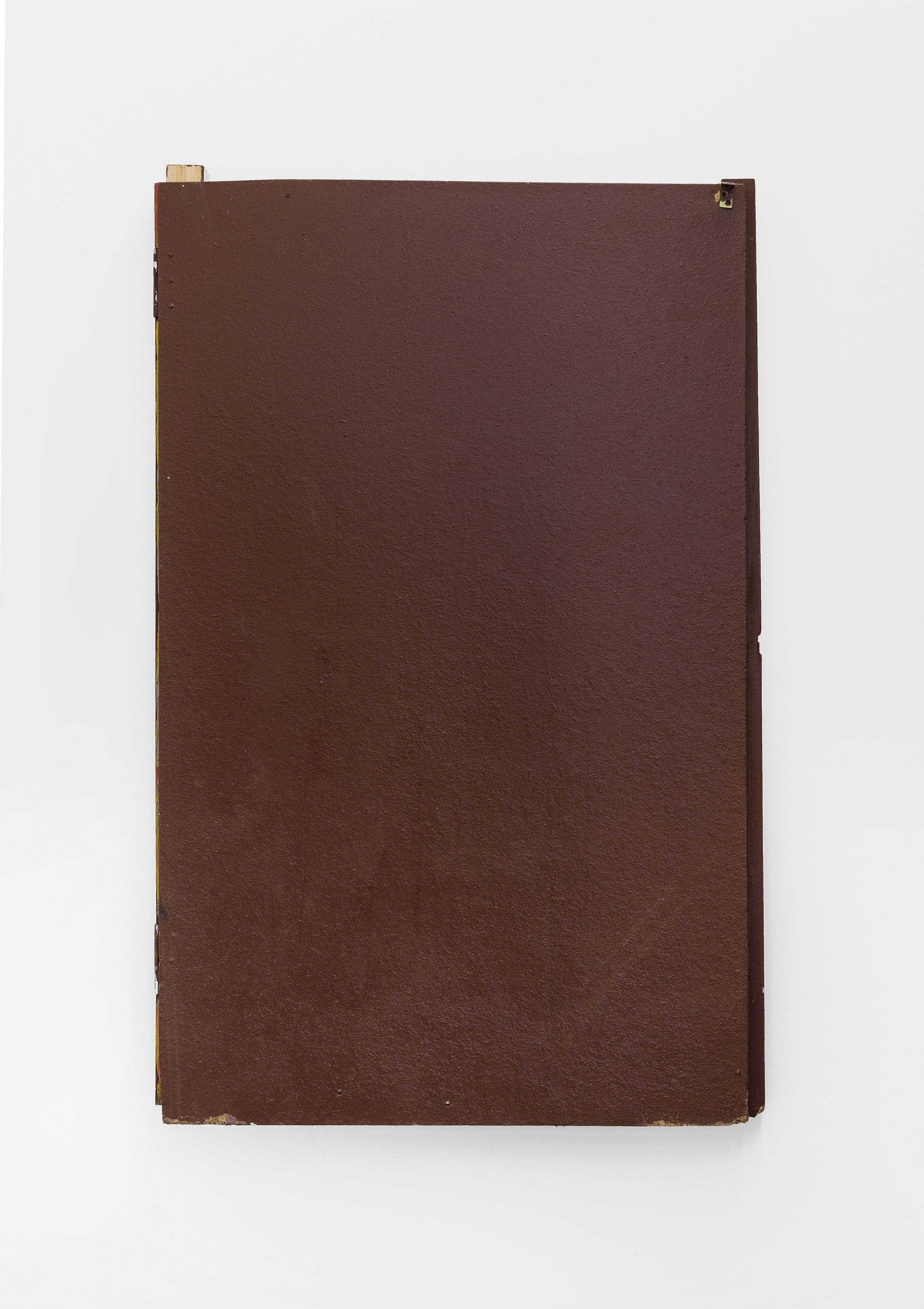

Marf Akkus, 2016
Wood paint, victorian dollhouse windows, victorian oriel, glass, leaves
Dimensions variable